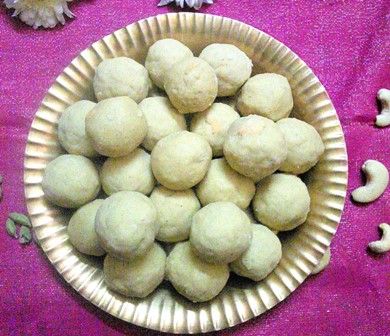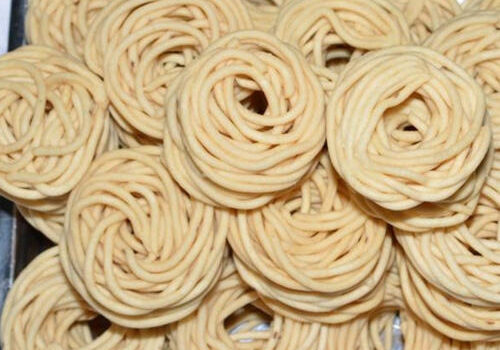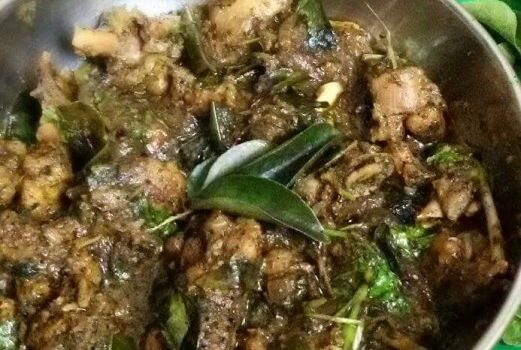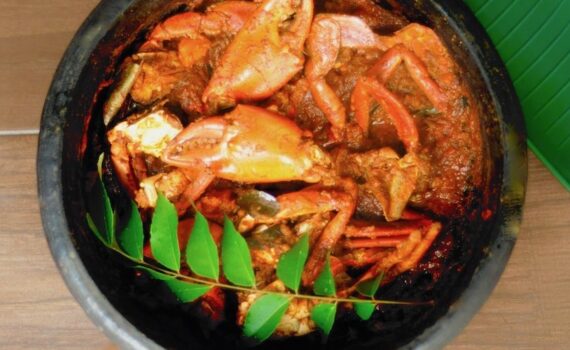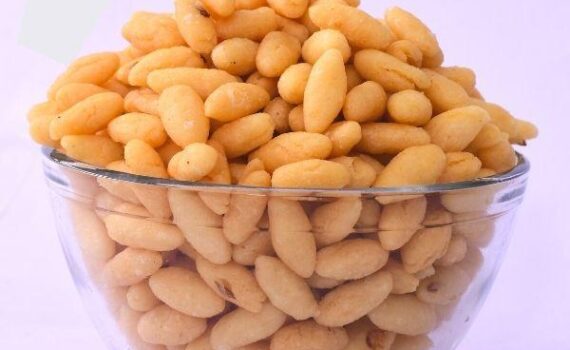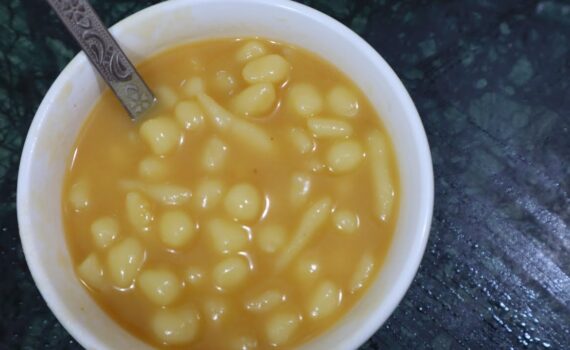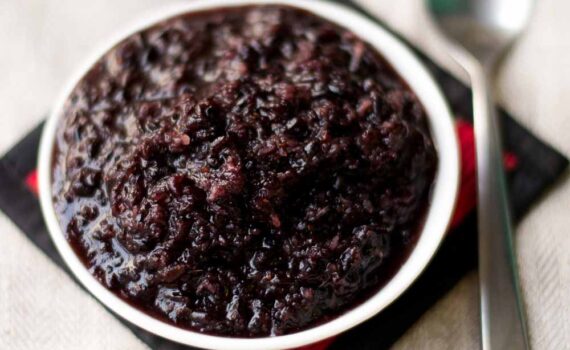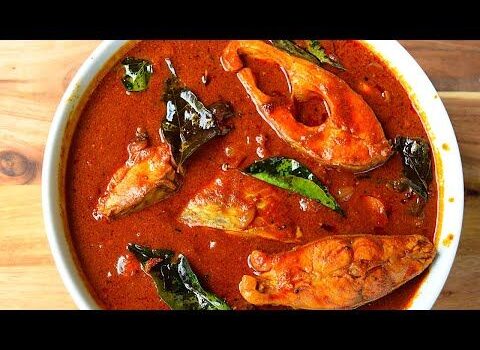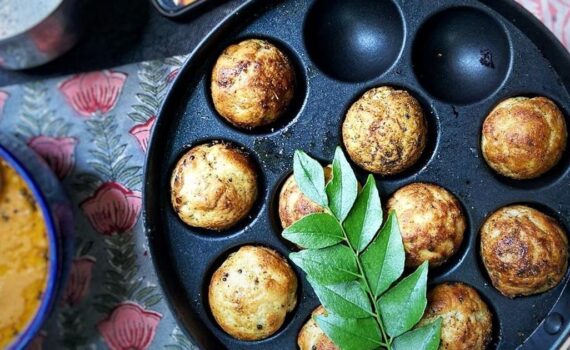Crab is my favorite food. Crabs are my weakness; anytime I am bored or dull, my mother prepares crab for me, and no matter how she prepares it (dry or sauce), I simply adore them and devour them in a hurry. Then I started experimenting with different crab dishes and discovered this fantastic tasty Chettinad Crab Masala; I’ve been making this recipe on a regular basis since then. My parents, friends, and relatives all appreciated my recipe and gave me extremely favorable feedback. So I wanted to share this dish with you, my dear friends.
Since relocating to the United States, I’ve been buying crabs on a regular basis, and I have a separate budget for them (since King Crabs are more expensive). My favorite combination is crab curry with rice and fryums. This Chettinad Crab Masala is a treat for seafood enthusiasts. My husband never touches rice on that day since he converts into a true non-Vegetarian (one whole plate of crabs). Delicious crab meat cooked in a delicious gravy. A great side dish that goes with everything and may even be served as a stand-alone starter.
This crab curry pairs beautifully with Chapathis and Pooris….go Let’s hunting!!!!
INGREDIENTS
- 1 kilogramme crab (king crab)
- Roasting on the grill
- 1 cup shredded coconut
- 1 tablespoon pepper corns
- 1 tablespoon cumin seeds
- 2 dried red chilies
To make crab masala
- 1 tablespoon ginger garlic paste
- 1 large onion (250g)
- 2(150g) Tomato
- 1/4 teaspoon Turmeric Powder
- 1 tablespoon coriander powder
- 2 tablespoons Chili Powder (can adjust according to your taste)
- 1/2 teaspoon Mustard Seeds
- Season with salt to taste
- Garnishing with Curry Leaves
Cooking Method
Step 1) Dry roasting 3 minutes on medium heat with 1 cup grated coconut, pepper corns, cumin seeds, and dry red chilies The coconut mixture should next be ground into a fine paste.
Step 2) To make crab masala, heat little oil and add mustard seeds. Once the seeds explode, add green chilies and cook till the onions are golden.
Then add the ginger garlic paste and simmer for another 2 minutes, or until the raw scent has gone away.
Step 3) Mix in the masalas turmeric powder, coriander powder, and chili powder (I used 2 tbsp chili powder because I like it spicy).
Then add the diced tomatoes and heat until they’re mushy and completely cooked (If you like the gravy to be very smooth then grind the cooked onions and tomatoes)
Step 4) Add the ground coconut paste (from step 1), along with the necessary water, and cook for 5 – 7 minutes.
After the gravy comes to a boil, add the cleaned and scored crabs, cover, and cook for 15 to 20 minutes, depending on the size of the crab.
Step 5) Once the crabs are thoroughly cooked, decorate with curry leaves and serve.
Notes:
- Only by scoring the crabs will the masalas and curry be able to enter the crab meat more efficiently.
- Some crabs include salt, so keep an eye on the salt level.
- Cook for 8- 10 minutes for small crabs.
- Leave out the coriander leaves (add curry leaves to get a nice flavor)
- This is a hot version (you can adjust the spiciness according to your taste) Reduce the amount of chili powder to 1 tbsp.
